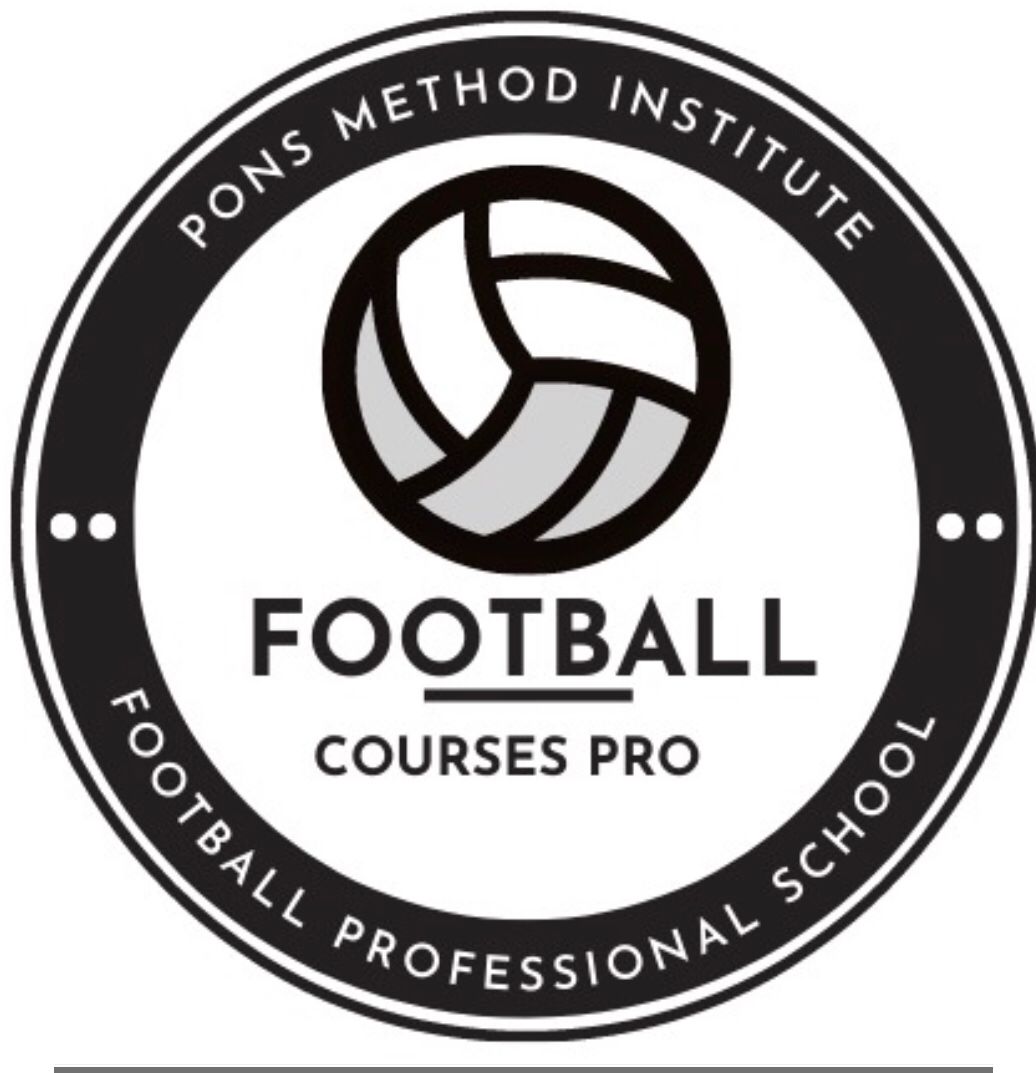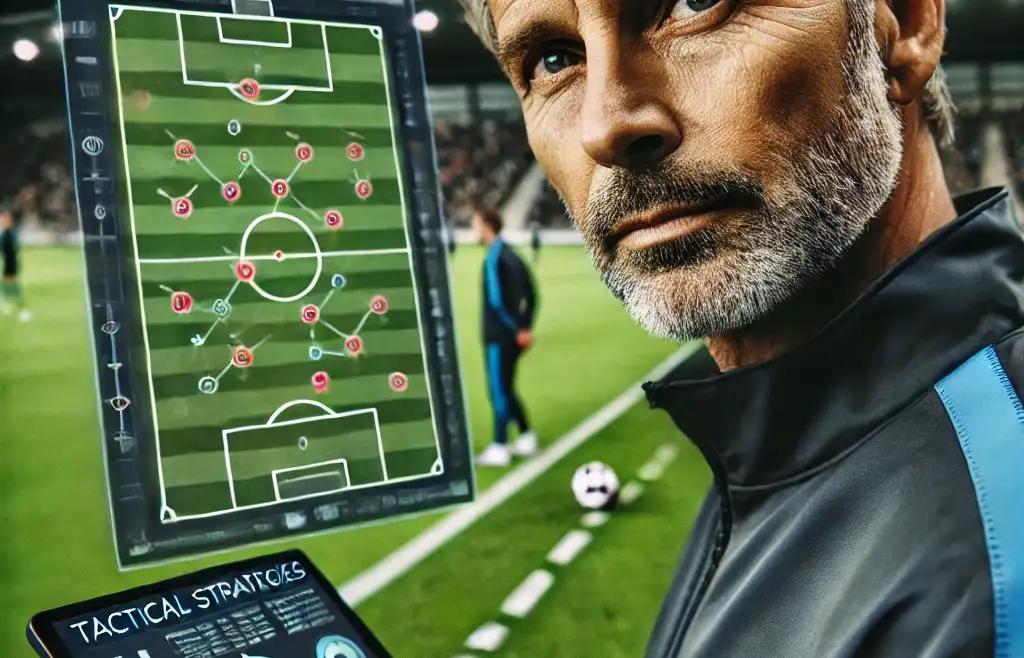Answer the following questions by selecting the option you consider correct.
Some questions invite reflection, there are no wrong answers.
Section 1: Fundamental Principles of the Pons Method
- What is one of the central pillars of the Pons Method in football training?
a) Increase physical load regardless of the player’s position.
b) Train solely based on the opponent’s tactics.
c) Adapt training to the specific needs of the player and the team.
d) Focus on individual training without connection to the group. - What role do mirror neurons play within the Pons Method?
a) They speed up muscle recovery.
b) They allow players to learn by observing and visualizing movements.
c) They are activated only during rest.
d) They control the body’s automatic responses. - What concept is associated with “fragmented training” in the Pons Method?
a) Dividing the game into two halves to analyze it.
b) Fragmenting the training into different phases of the game (defense, attack, transition).
c) Avoiding long training sessions to improve rest.
d) Performing exercises unrelated to the game model.
Section 2: Practical Application of the Method
- During a rehabilitation session with the Pons Method, what is a priority?
a) Forcing the player to reach his previous level quickly.
b) Reinserting the player progressively and adapted to the role he plays in the team.
c) Avoiding training until he is fully recovered.
d) Performing general exercises unrelated to his position. - How is the gamification principle applied in Pons Method training?
a) Through playful competitions to increase motivation.
b) Only through match simulations.
c) By avoiding games and focusing on boring repetitions.
d) Using technology exclusively to measure time. - What key difference does the Pons Method have with respect to other traditional methodologies?
a) It prioritizes individuality and eliminates teamwork.
b) It develops automated patterns in both defense and attack.
c) It ignores the player’s emotions and focuses only on the physical.
d) It reduces training time by half.
Section 3: Reflection and Personal Opinion
- What benefits do you think there are in training using visualization and observation of game patterns?
(Your answer) - Do you consider that training adapted to each position improves collective performance? Why?
(Your answer) - Describe a situation where fragmented training could help correct errors in the team. (Your answer)
Section 4: Practical Scenarios
- If your team shows problems in defensive transition, what would you apply from the Pons Method?
a) Increase sprint repetitions.
b) Use simulations and fragmented exercises to improve tactical response.
c) Promote general training without emphasis on transition.
d) Conduct exclusively physical training. - If a player who is not called up loses motivation, what does the Pons Method recommend?
a) Keep him out of sessions until he recovers his level.
b) Integrate him into complementary and compensatory training to maintain his performance.
c) Do nothing, motivation is the player’s responsibility.
d) Increase the physical workload without the ball.
Results and Feedback
10-12 correct answers: Total mastery! You have a solid understanding of the Pons Method.
7-9 correct answers: Good level, but there is still room for improvement.
4-6 correct answers: You need to reinforce key concepts.
0-3 correct answers: It’s a good time to dive deeper into the Pons Method.
Conclusion:
The Pons Method not only improves physical performance, but transforms the player’s mental and tactical approach. Through specific training, gamification and visualization, this methodology has proven to be a powerful tool for coaches and players looking to reach their full potential.

